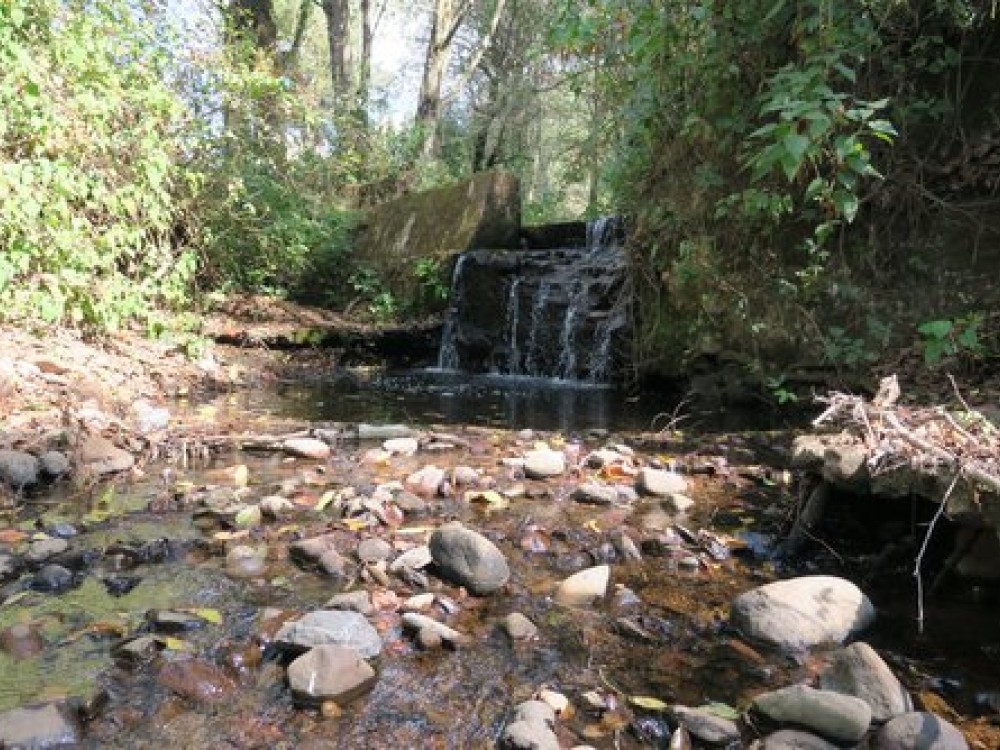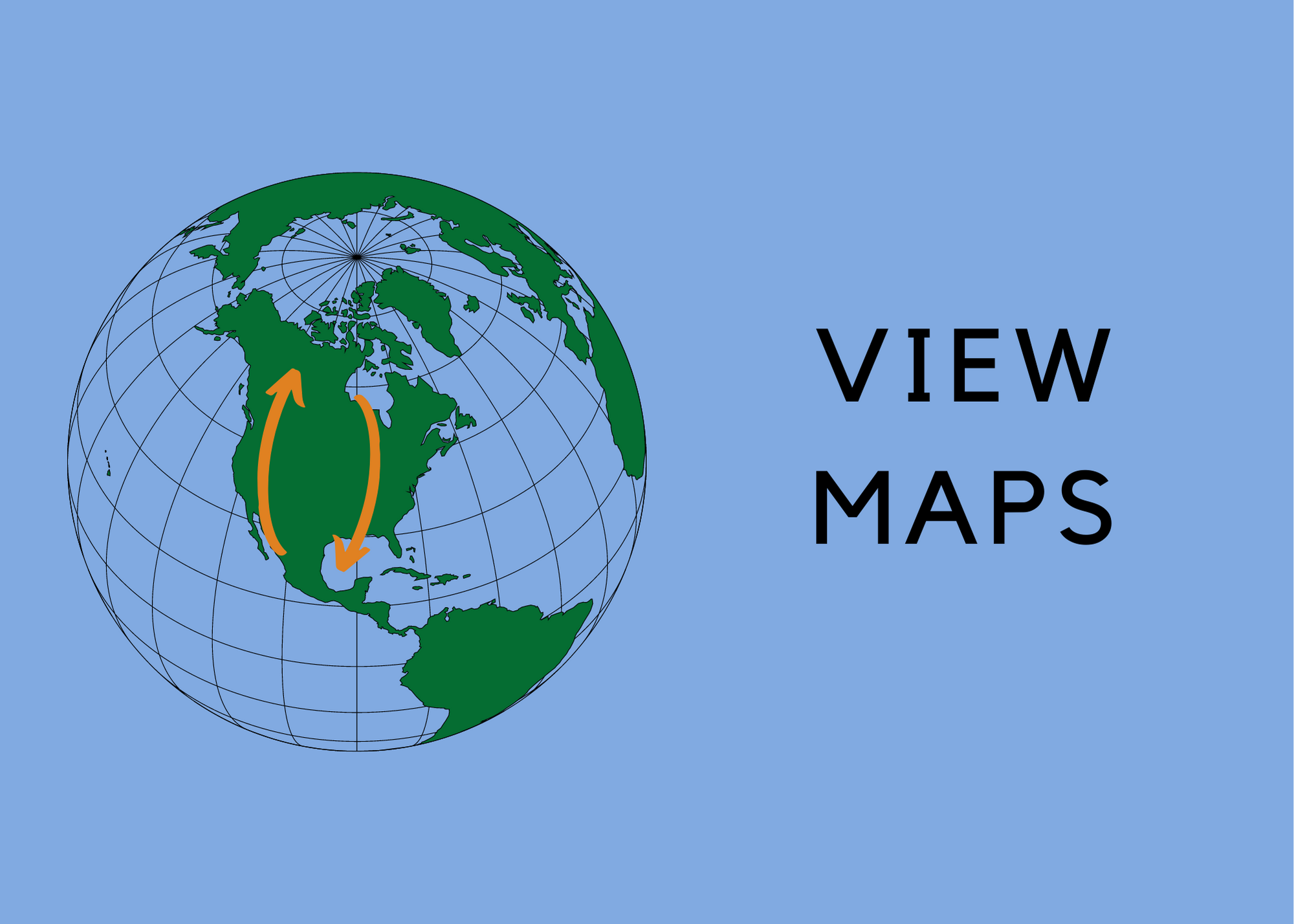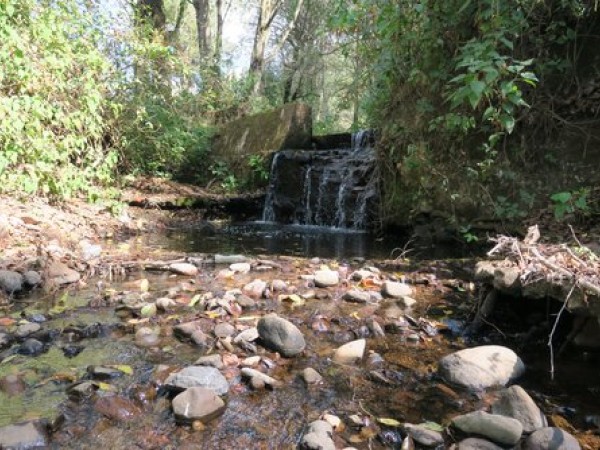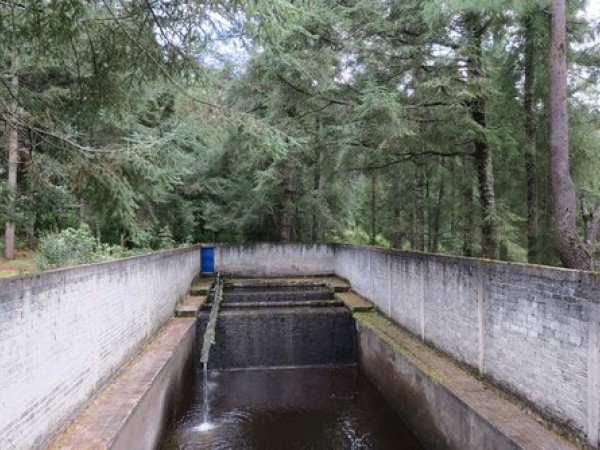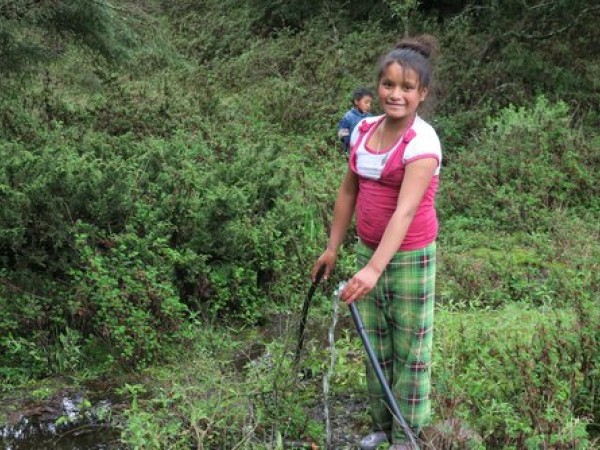Water: Our Shared Resource
Greetings,
This Symbolic Monarch Migration season is winding down. Ms. Romero has finished her school visits near the sanctuaries of Cerro Pelon and El Rosario and is now concentrating her efforts on the academic institutions that surround the sanctuary of Sierra Chincua. To date, twenty-seven schools have received nearly 950 Ambassadors and the environmental lesson on water. Ms. Romero writes about the water supply in Mexico in several of her blog posts.
There are seven main rivers and numerous streams whose waters run downhill through gravity from our legendary Oyamel fir forests and provide the precious liquid to the huge water system that meets the demand of the largest cities and industries in central México. They also meet the demand for potable water in the towns and villages located right at the bottom of these mountains such as Angangueo. Angangueo was the first town to install the most sophisticated potable water network in the region nearly ninety years ago.
Our delicious, fresh water concentrates first in a huge collector tank built high up in the middle of one of our most dense forests known as “Rancho Verde” between the sanctuaries of “Sierra Chincua” and “El Rosario.” It was constructed by a committee of local citizens of Angangueo.
The old, large tank is a basic but effective filter-leveled structure consisting of a stone bed first, a sand bed next, and finally a coal bed. This was a clever, natural filtering design and for decades, thousands of inhabitants in town relied on the potable water that it provided. Decades later our Health Ministry declared that a stricter hygiene protocol was required, as the local population grew and disease outbreaks became more widespread.
Later this month, I will be in Mexico visiting the sanctuaries and meeting with Ms. Romero to pick up the letters written to you by students in Mexico. My goal is to have all of the Spring Return Envelopes mailed by April 1.
To search for your Ambassador, use the SEARCH function at the top right of the web page to enter your city or school name. Be patient as the delivery of Ambassadors will take several months, finishing in late February 2024.
If you have not yet posted your participation on Journey North, follow the instructions on this web page and of course, if you continue to see real monarchs, please report your sightings.
Susan Meyers
The Symbolic Monarch Migration is a project of the University of Wisconsin-Madison Arboretum) and Monarchs Across Georgia (a committee of the nonprofit organization, the Environmental Education Alliance). Journey North manages the interactive Symbolic Monarch Migration Participant Maps and hosts educational materials on its website. Monarchs Across Georgia administers the project including coordinating the exchange of symbolic butterflies among 2000+ classrooms in three countries, engaging a contract worker to provide lessons and deliver materials in Mexico, and raising funds for the project's continuation.
Consider a donation to the Symbolic Monarch Migration and/or the Mexico Book Project.
The Monarch Butterfly Fund supports, through their Small Grant Program, our "Beyond the Mexico Book Project" providing funding for books and environmental education efforts in the schools surrounding the Mexican monarch sanctuaries.

